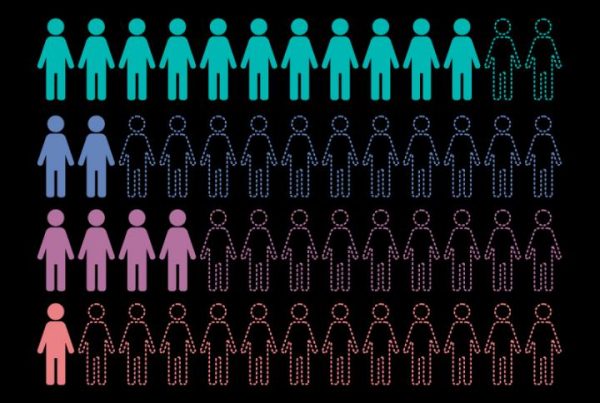The global healthcare landscape is facing an urgent challenge: antimicrobial resistance (AMR). As bacteria evolve to resist antibiotics, infections become harder to treat, leading to prolonged illnesses, increased healthcare costs, and higher mortality rates. However, a recent report from Wellcome Trust highlights a promising solution—vaccines. According to the study, vaccines could reduce global antibiotic use by 2.5 billion doses annually, significantly curbing the spread of drug-resistant infections.
This finding underscores the critical role of immunization in preventing infections before they require antibiotic treatment. By reducing the need for antibiotics, vaccines help slow the emergence of resistant bacteria, making them a key strategy in global health efforts.
The Link Between Vaccines and Antibiotic Reduction
Vaccines work by stimulating the immune system to recognize and fight pathogens before they cause illness. When fewer people get sick, the demand for antibiotics decreases, leading to lower antibiotic consumption and reduced resistance development.
The World Health Organization (WHO) conducted a modeling study in 2024, estimating that vaccines could prevent over 500,000 deaths annually from drug-resistant infections while saving billions in healthcare costs. This highlights the dual benefit of vaccines—not only do they protect individuals from disease, but they also contribute to global efforts in antimicrobial stewardship.
Key Vaccines That Impact Antibiotic Use
The Wellcome Trust report examined 11 research projects focused on how vaccines influence AMR, particularly in low- and middle-income countries. The findings revealed that vaccines targeting influenza, typhoid, pneumococcal disease, malaria, and diarrheal diseases have the potential to reduce antibiotic consumption, though the impact varies based on pathogen type, healthcare infrastructure, and regional factors.
1. Pneumococcal Vaccine
Pneumococcal infections, including pneumonia and meningitis, are major contributors to antibiotic use. Vaccination against Streptococcus pneumoniae significantly reduces cases, lowering the need for antibiotics and preventing complications.
2. Influenza Vaccine
While influenza is a viral infection, secondary bacterial infections—such as pneumonia—often require antibiotics. Flu vaccination reduces hospitalizations, minimizing antibiotic prescriptions and decreasing the risk of AMR.
3. Typhoid Vaccine
Typhoid fever, caused by Salmonella typhi, is commonly treated with antibiotics. However, drug-resistant typhoid strains are emerging. Vaccination helps control outbreaks, reducing reliance on antibiotics and slowing resistance development.
4. Malaria Vaccine
Malaria treatment often involves antibiotic-like antimalarial drugs, which contribute to resistance issues. The introduction of malaria vaccines helps prevent infections, reducing the need for medication and limiting drug resistance.
5. Diarrheal Disease Vaccines
Diarrheal diseases, particularly those caused by bacterial pathogens, lead to widespread antibiotic use. Vaccines targeting rotavirus and cholera help prevent severe cases, reducing antibiotic dependency in affected regions.
Challenges in Vaccine Implementation
Despite their potential, vaccines are not yet fully integrated into AMR strategies. While 87% of national AMR action plans include vaccination, implementation often lags due to funding limitations, logistical barriers, and vaccine hesitancy.
Additionally, the relationship between vaccines and antibiotic use is complex. Factors such as microbial population dynamics, healthcare accessibility, and behavioral influences affect how vaccines impact AMR. More real-world data is needed to refine strategies and maximize vaccine effectiveness in reducing antibiotic consumption.
The Future of Vaccination in AMR Control
To fully harness the power of vaccines in reducing antibiotic use, global health organizations must:
- Expand vaccine accessibility in underserved regions.
- Invest in research to understand vaccine-AMR interactions better.
- Strengthen public awareness campaigns to increase vaccination rates.
- Integrate vaccines into AMR policies for long-term impact.
With continued investment and innovation, vaccines can become a cornerstone of antimicrobial resistance prevention, ensuring a healthier future for generations to come.




